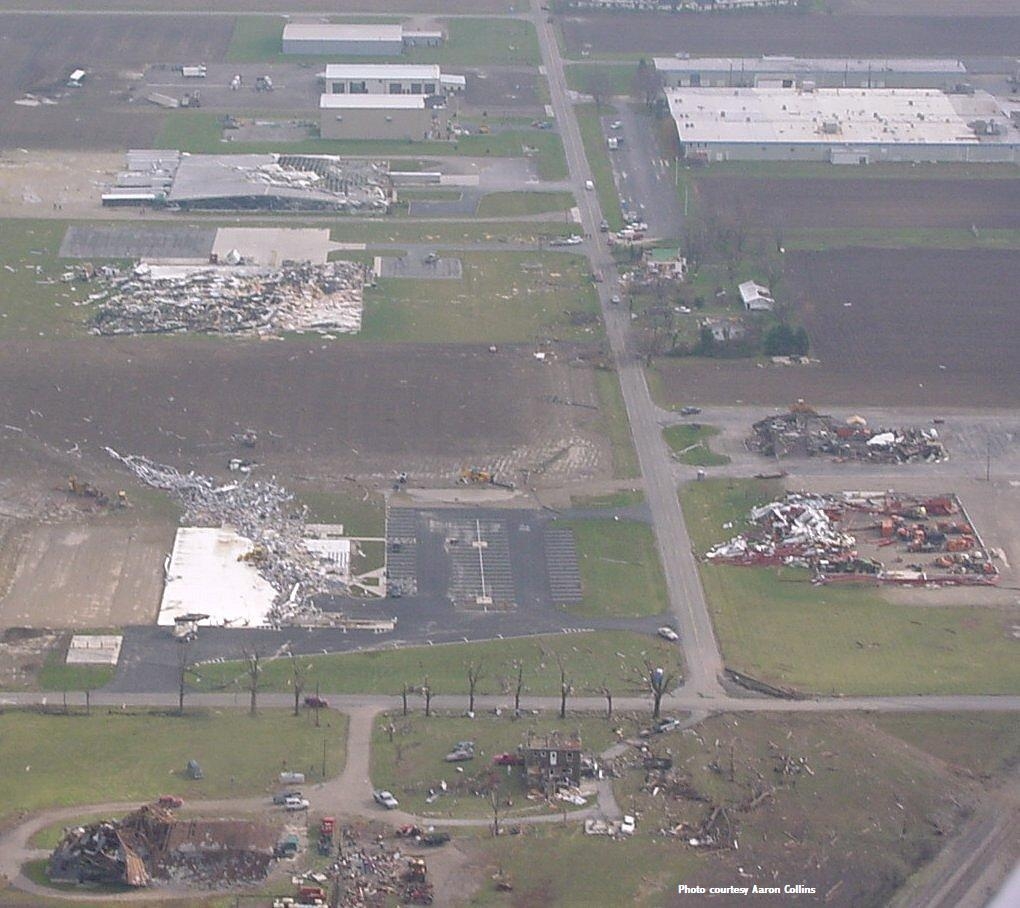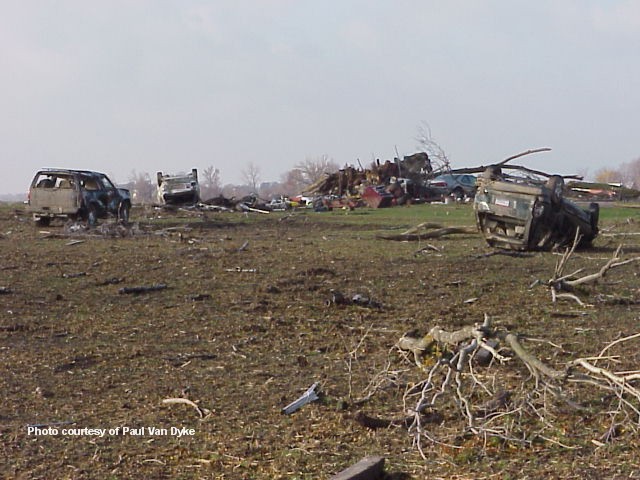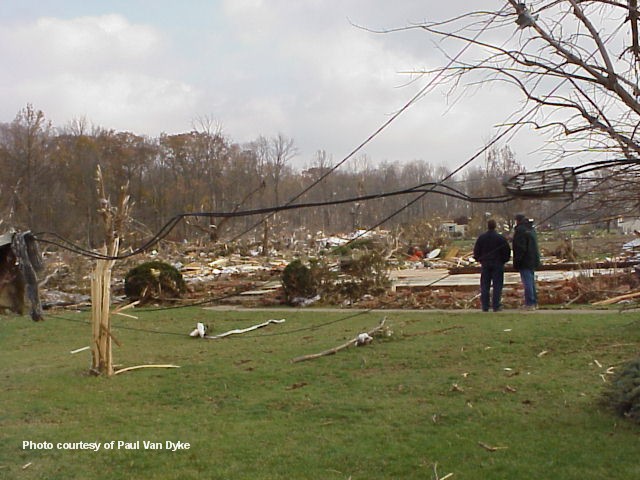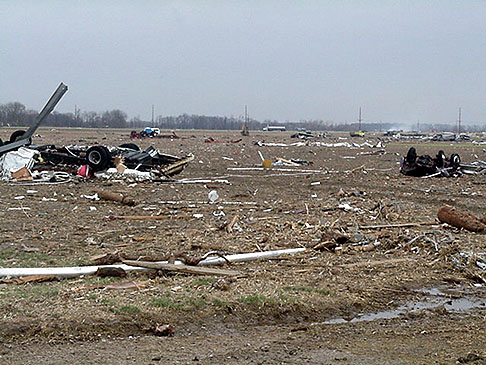akt1985
Member
Although not a Hurricane or Tornado, today is the 50th Anniversary of the Wreck of the Edmund Fitzgerald in Lake Superior in a storm.
Follow along with the video below to see how to install our site as a web app on your home screen.
Note: This feature may not be available in some browsers.
Although not a Hurricane or Tornado, today is the 50th Anniversary of the Wreck of the Edmund Fitzgerald in Lake Superior in a storm.

November 10 is also the 23rd anniversary of the Veterans Weekend tornado outbreak - I wrote a personal chronicle of my experience a couple of years ago

Personal Chronicle: November 10 2002 Tornadoes in Walker County
The Veterans Weekend tornado outbreak of 2002 was one of the more significant and widespread second-season tornado outbreaks of the time. More than 70 tornadoes raked across the country from Ohio t…walkercountytornadoes.wordpress.com

"Then the Anderson just raised up and shook herself off of all that water – barrooff – just like a big dog. Another wave just like the first one or bigger hit us again. I watched those two waves head down the lake towards the Fitzgerald, and I think those were the two that sent her under." -Captain Jesse Bernie Cooper
1. Michael E. Armagost, 37 – Third Mate, Iron River, Wisconsin
2. Fred J. Beetcher, 56 – Porter, Superior, Wisconsin
3. Thomas D. Bentsen, 23 – Oiler, St. Joseph, Michigan
4. Edward F. Bindon, 47 – First Assistant Engineer, Fairport Harbor, Ohio
5. Thomas D. Borgeson, 41 – Maintenance Man, Duluth, Minnesota
6. Oliver J. Champeau, 41 – Third Assistant Engineer, Sturgeon Bay, Wisconsin
7. Nolan S. Church, 55 – Porter, Silver Bay, Minnesota
8. Ransom E. Cundy, 53 – Watchman, Superior, Wisconsin
9. Thomas E. Edwards, 50 – Second Assistant Engineer, Oregon, Ohio
10. Russell G. Haskell, 40 – Second Assistant Engineer, Millbury, Ohio
11. George J. Holl, 60 – Chief Engineer, Cabot, Pennsylvania
12. Bruce L. Hudson, 22 – Deck Hand, North Olmsted, Ohio
13. Allen G. Kalmon, 43 – Second Cook, Washburn, Wisconsin
14. Gordon F. MacLellan, 30 – Wiper, Clearwater, Florida
15. Joseph W. Mazes, 59 – Special Maintenance Man, Ashland, Wisconsin
16. John H. McCarthy, 62 – First Mate, Bay Village, Ohio
17. Ernest M. McSorley, 63 – Captain, Toledo, Ohio
18. Eugene W. O’Brien, 50 – Wheelsman, Toledo, Ohio
19. Karl A. Peckol, 20 – Watchman, Ashtabula, Ohio
20. John J. Poviach, 59 – Wheelsman, Bradenton, Florida
21. James A. Pratt, 44 – Second Mate, Lakewood, Ohio
22. Robert C. Rafferty, 62 – Steward, Toledo, Ohio
23. Paul M. Riippa, 22 – Deck Hand, Ashtabula, Ohio
24. John D. Simmons, 63 – Wheelsman, Ashland, Wisconsin
25. William J. Spengler, 59 – Watchman, Toledo, Ohio
26. Mark A. Thomas, 21 – Deck Hand, Richmond Heights, Ohio
27. Ralph G. Walton, 58 – Oiler, Fremont, Ohio
28. David E. Weiss, 22 – Cadet, Agoura, California
29. Blaine H. Wilhelm, 52 – Oiler, Moquah, Wisconsin







